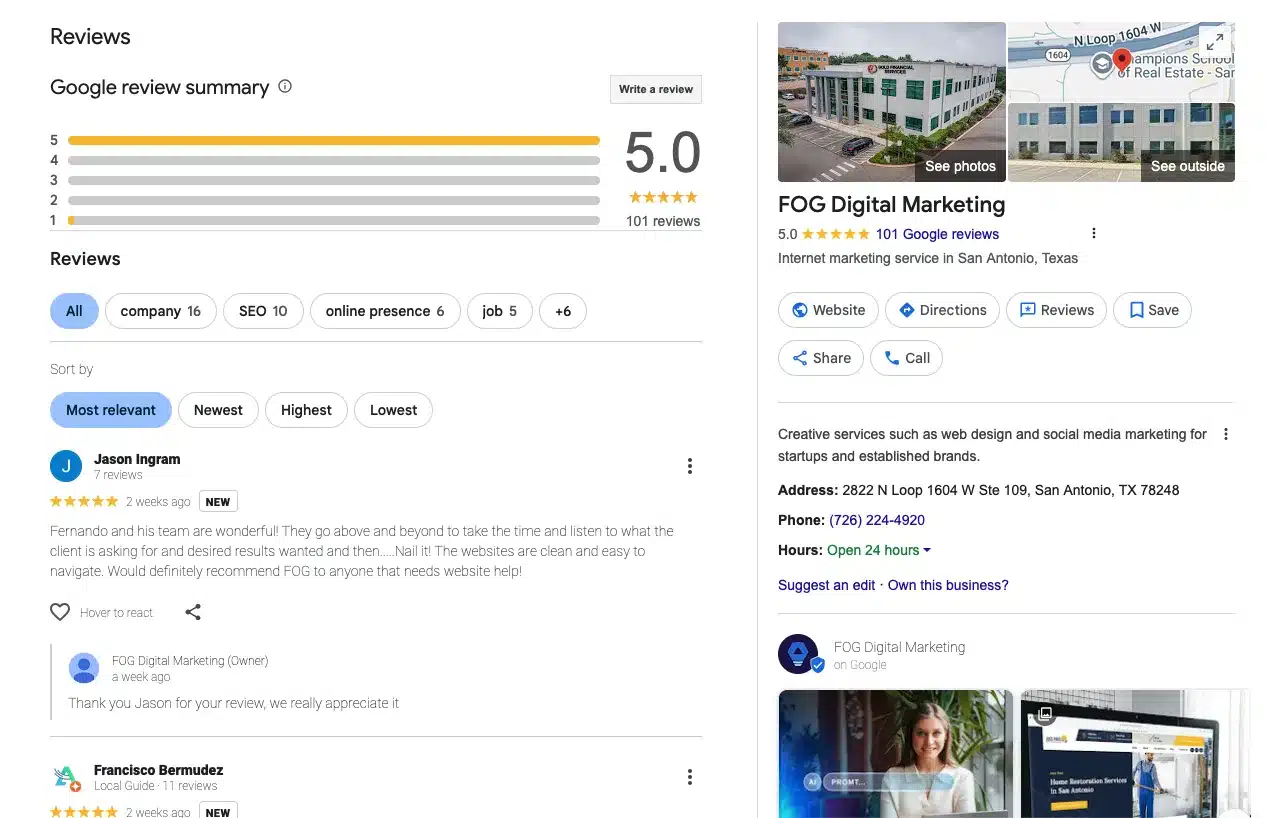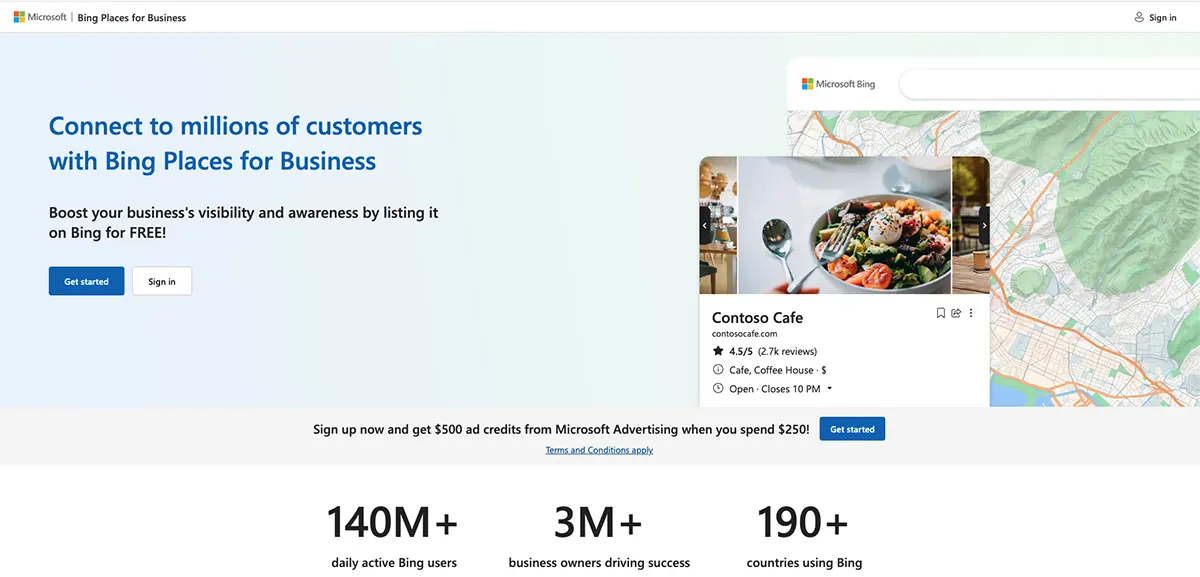The Ultimate Guide to Web Design: Principles, Trends, and Best Practices
The Ultimate Guide to Web Design: Principles, Trends, and Best Practices
In an increasingly digital world, a website isn’t just a collection of web pages—it’s a brand’s virtual storefront. Whether you’re a business looking to enhance your online presence or a web designer refining your skills, understanding the core principles of web design, keeping up with current trends, and following best practices are crucial to creating effective and beautiful websites.
This ultimate guide covers everything from design principles to emerging trends, and includes actionable best practices for building user-friendly websites that also rank well in search engines. Plus, we’ll include helpful external resources and tools to guide you along the way!
Table of Contents
- What is Web Design?
- Key Principles of Web Design
- User-Centered Design
- Responsive Design
- Visual Hierarchy
- Navigation and Usability
- Current Web Design Trends
- Minimalism
- Dark Mode
- Microinteractions
- Custom Fonts and Typography
- Mobile-First Design
- Best Practices for Web Design
- Optimize Website Speed
- Mobile Optimization
- SEO-Friendly Design
- Accessibility
- Consistent Branding
- Essential Web Design Tools and Resources
- Conclusion

1. What is Web Design?
Web design refers to the process of creating and maintaining websites. It encompasses everything from web layout to color schemes, typography, content structure, and visual elements. In today’s competitive digital space, your website is often the first interaction potential customers have with your brand.
While design is crucial, it’s also about functionality. Great web design not only makes a site look good, but also ensures it’s easy to navigate, intuitive, and optimized for mobile devices. According to the World Wide Web Consortium (W3C), web design also includes elements like accessibility and performance, which are vital for user experience (UX) and SEO.
2. Key Principles of Web Design
To create effective websites, it’s important to base your work on a few core design principles. These will ensure your site is not only visually appealing but also functional, user-friendly, and SEO-optimized.
User-Centered Design
User-centered design (UCD) focuses on creating an experience that serves the needs of the end-user. This involves researching your target audience, understanding their goals, and ensuring your website delivers the content and experience they expect. It’s a crucial principle for building a site that is both engaging and intuitive.
For more on UCD: Explore this detailed guide on User-Centered Design from Interaction Design Foundation.
Responsive Design
Responsive design ensures that your website looks and functions well across all devices, from desktops to smartphones and tablets. With mobile internet traffic surpassing desktop traffic in 2025, responsive design is no longer optional but a necessity.
Google even prioritizes mobile-friendly websites in its search rankings. Use tools like Google’s Mobile-Friendly Test to ensure your website is responsive.
Visual Hierarchy
Visual hierarchy helps guide users’ attention to the most important content first. It’s achieved by adjusting the size, color, and placement of elements to create a clear structure. For example, the homepage headline should be the largest and most prominent text on the page, while secondary content (like subheadings or footers) should be smaller.
Learn more: Dive deeper into visual hierarchy on Nielsen Norman Group’s article on visual hierarchy.
Navigation and Usability
Good navigation is vital to ensuring your visitors can easily find what they’re looking for. Websites with complex or confusing navigation often experience higher bounce rates and lower conversion rates. Stick to clear categories, intuitive menu layouts, and simple options like a sticky header or a search bar for easy access.
For better usability, make sure all navigation elements are mobile-friendly. Smashing Magazine offers insights on how to create user-friendly navigation structures.

3. Current Web Design Trends
Web design is ever-evolving. To keep your site looking fresh and functional, it’s essential to stay updated on the latest trends. Here are some of the most popular design trends to consider for 2025.
Minimalism
Minimalist design continues to be popular because it focuses on clarity and simplicity. By reducing unnecessary elements and using clean layouts, minimalist websites are easier to navigate, faster to load, and provide a more immersive user experience. Brands like Apple use minimalism to create elegant, functional designs that prioritize content.
For more on minimalist design, check out A List Apart’s Minimalism Guide.
Dark Mode
Dark mode is not just a trendy design aesthetic; it also offers practical benefits. It reduces eye strain, extends battery life on OLED screens, and creates a sleek and modern look. Many popular websites, like YouTube and Twitter, now feature dark mode options.
To learn more about designing for dark mode, visit this article from Smashing Magazine.
Microinteractions
Microinteractions are small, animated effects that engage users when they interact with a website. Examples include hover effects, button animations, and loading indicators. These tiny animations improve the user experience by providing feedback, adding a sense of interactivity and delight.
Discover more about microinteractions and how to use them effectively in UX Design.cc.
Custom Fonts and Typography
Typography is an essential component of web design. Custom fonts help create a unique visual identity for your brand while enhancing readability. Experiment with large, bold typography for headings and simple fonts for body text to create contrast.
For a comprehensive resource on choosing and implementing fonts, check out Google Fonts.
Mobile-First Design
As mobile internet usage continues to outpace desktop usage, designing for mobile first is essential. Mobile-first design means building your site with smaller screens and mobile performance in mind, then scaling up for desktop.
Learn more about mobile-first design in this guide from Smashing Magazine.

4. Best Practices for Web Design
Following web design best practices ensures that your website is not only attractive but also functional, user-friendly, and SEO-optimized. Here are a few essential best practices every website should follow:
Optimize Website Speed
Website speed directly impacts user experience and search engine rankings. A fast-loading website retains users and helps boost conversions. Optimize your images, use browser caching, and minimize JavaScript and CSS files to speed up your site.
For detailed speed optimization tips, check out GTmetrix’s performance guide.
Mobile Optimization
With over half of all web traffic coming from mobile devices, mobile optimization is a must. Ensure your website is responsive, loads quickly on mobile devices, and provides an intuitive experience for mobile users.
Learn more about mobile optimization on Google’s Mobile Optimization Guide.
SEO-Friendly Design
SEO is crucial for driving organic traffic to your website. To design an SEO-friendly website, follow best practices such as using clear, descriptive URLs, optimizing images with alt text, and ensuring clean, semantic HTML. For on-page SEO, prioritize heading tags (H1, H2, etc.) and keyword optimization.
Check out the Moz Beginner’s Guide to SEO for more detailed SEO strategies.
Accessibility
Web accessibility ensures that all users, including those with disabilities, can use your website. Follow WCAG guidelines to improve accessibility, such as using descriptive alt text for images, ensuring color contrast is high enough, and allowing keyboard navigation.
For an accessibility checklist, visit WebAIM’s WCAG 2.1 Guidelines.
Consistent Branding
Brand consistency is key to building trust and recognition. Ensure that your website’s design aligns with your brand identity through the consistent use of colors, fonts, logos, and imagery.
Explore branding strategies in HubSpot’s Branding Guide.

5. Essential Web Design Tools and Resources
A good web designer relies on the right tools to make their job easier. Here are some essential tools to streamline your web design process:
- Figma – A collaborative design tool perfect for creating wireframes and prototypes. Check out Figma.
- Sketch – A vector-based design tool for UI/UX projects. Visit Sketch.
- Adobe XD – An all-in-one tool for designing and prototyping. Explore Adobe XD.
- WordPress – A powerful CMS for building and managing websites. Learn more at WordPress.org.
- Canva – A user-friendly tool for creating visuals, such as banners, images, and social media posts. Visit Canva.
- Google Analytics – Track and analyze website performance. Explore Google Analytics.
6. Conclusion
Great web design is more than just an aesthetic—it’s about creating a seamless user experience, optimizing for mobile, ensuring fast load times, and following SEO best practices. By adhering to web design principles, staying on top of current trends, and following best practices, you can create websites that engage users, rank well on search engines, and drive conversions.
Use the tools and resources mentioned here to stay on track and continually improve your web design skills. And remember, design is an iterative process—never stop learning, experimenting, and refining your approach.
Happy designing!
Our Blog
Digital Marketing Insights
How to Remove Google Reviews (And What You Can Do When You Can’t)
How to Remove Google Reviews (And What You Can Do When You Can’t) November 20, 2025 SEO Table of Contents Why Google Reviews Matter (Even the Bad Ones)...
Is My Website AI-Search Ready?
Is My Website AI-Search Ready? November 14, 2025 SEO Table of Contents Why AI Search Matters Now Search is evolving — again.With the rise of Google’s AI Overviews,...
Why Bing Still Matters (And What You’re Missing Without It)
Why Bing Still Matters (And What You’re Missing Without It) November 3, 2025 SEO Table of Contents Don’t Sleep on Bing When most people think of SEO, they...
Ready to take the next step?
Contact us today to see how we can make digital marketing work for your business.




